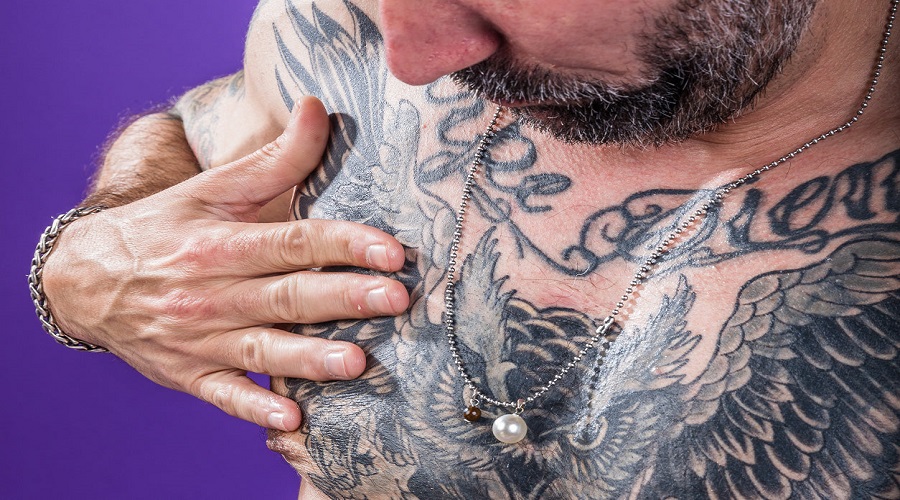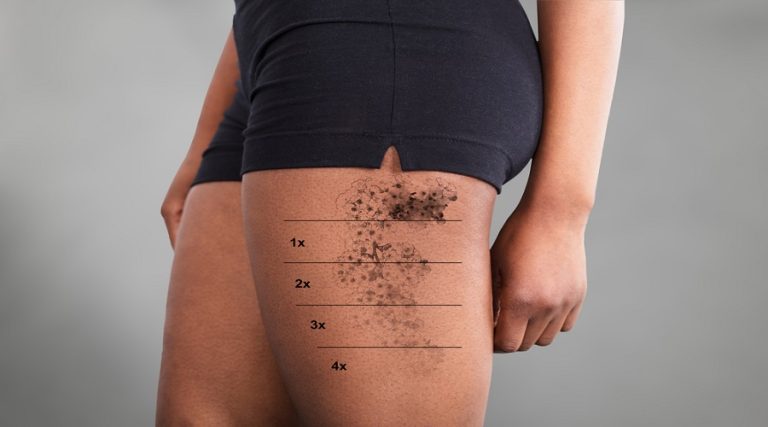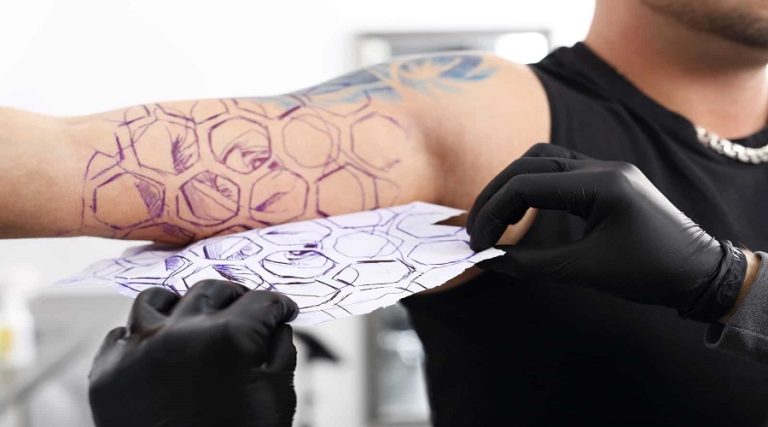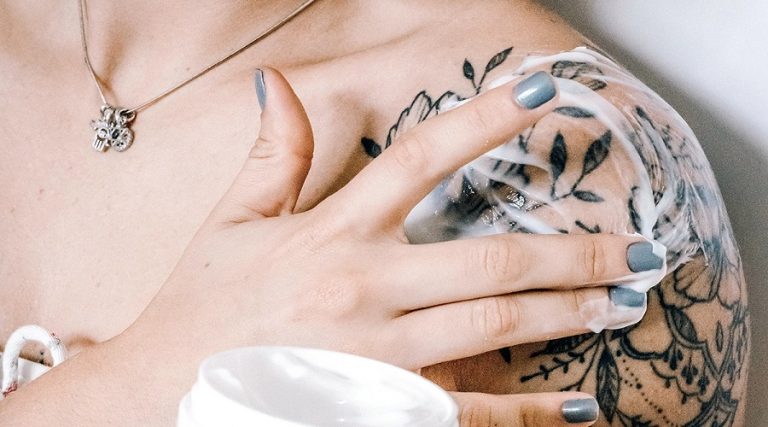Lidocaine is a common local anesthetic used by tattoo artists to numb the skin before starting the tattooing process. It is safe to use on fresh tattoos, however it is important to follow the directions on the product label and only use a small amount. Applying too much lidocaine can cause tissue damage and delay healing.
- Cleanse the area around the tattoo with soap and water
- Pat the area dry with a clean towel
- Apply a thin layer of ointment to the tattooed area
- Place a piece of cling wrap over the ointment
- Tape the cling wrap in place with medical tape or clear packing tape
- Leave the cling wrap in place for 30 to 60 minutes, then remove it and discard it properly
Can You Put Numbing Cream on a Fresh Tattoo
If you’ve just gotten a tattoo, you’re probably wondering if numbing cream is an option to help ease the pain. Unfortunately, numbing cream is not an option for fresh tattoos. Numbing creams work by temporarily numbing the nerve endings in the area where they are applied.
However, this also means that they can impede the healing process of a tattoo. In addition,numbing creams can actually increase the risk of infection because they make it difficult for your artist to see what they’re doing and can cause the needles to slip. So while numbing cream may seem like a tempting way to ease the pain of getting a tattoo, it’s best to avoid it altogether.

Credit: drnumb.com
How Soon Can You Apply Lidocaine to a Tattoo?
If you are considering getting a tattoo, you may be wondering about the pain involved and how to numb the area before the needle hits your skin. One numbing option is to use lidocaine, which is a topical anesthetic that can dull the sensation of pain. But how soon can you apply lidocaine to a tattoo?
It’s generally recommended that you wait until the very last minute to apply lidocaine to a tattoo. This is because the anesthetic can cause the skin to swell, which can make it more difficult for the artist to work on your tattoo. So if you’re feeling nervous about getting started, tell your artist that you’d like to wait until they’re ready to start inking before applying any lidocaine.
Once they give you the go-ahead, take a small amount of gel or cream containing lidocaine and rub it into the tattooed area. You should start seeing results within minutes, but everyone’s pain tolerance is different so don’t be afraid to reapply as needed throughout your session. Just remember that too much lidocaine can lead to adverse side effects like dizziness and nausea, so use it sparingly!
Can I Use Numbing Cream on a Fresh Tattoo?
If you’ve just got a new tattoo, the last thing you want is for it to hurt. So can you use numbing cream on a fresh tattoo?
The short answer is no.
Numbing creams are designed for use on intact skin, not open wounds. That means that they won’t do anything to reduce the pain of getting a tattoo. In fact, using them on a fresh tattoo could actually delay healing and increase the risk of infection.
So if you’re getting a tattoo, brace yourself for some discomfort and don’t reach for the numbing cream. Your tattoo artist will thank you!
Does Numbing Cream Affect Tattoo Healing?
If you’re considering using numbing cream before getting a tattoo, it’s important to understand how it can affect the healing process. Numbing cream is typically applied to the skin before getting a tattoo or other procedure that involves needles. It works by temporarily reducing sensation in the area, which can help reduce pain and discomfort during the procedure.
However, numbing cream can also cause some side effects, including:
– Slower healing: Numbing cream can interfere with the body’s natural healing process, which can lead to a slower recovery from your tattoo. In some cases, it may even prolong the time it takes for your tattoo to heal completely.
– Increased risk of infection: Since numbing cream reduces sensation in the area, you may be more likely to developing an infection if you use it before getting a tattoo. This is because you may not feel any pain or discomfort if the needle penetrates too deeply or if bacteria gets into the wound. Be sure to clean your skin thoroughly before applying numbing cream and follow all aftercare instructions closely to reduce your risk of infection.
– Allergic reactions: Some people may be allergic to ingredients in numbing creams, which could cause a rash or other reaction at the site of application. If you experience any redness, itching, swelling, or other irritation after using numbing cream, wash it off immediately and contact your doctor.
How Can I Ease the Pain of a New Tattoo?
If you’re considering a new tattoo, you’re probably wondering how to ease the pain of getting inked. While everyone experiences pain differently, there are a few things you can do to help make the experience more tolerable. Here are a few tips:
1. Choose an experienced artist. A good tattoo artist will be able to work quickly and efficiently, minimizing the amount of time you spend in the chair.
2. Pick a placement that’s not too sensitive.
Some areas of the body are more painful than others – generally speaking, fleshier areas like the thighs or buttocks tend to be less sensitive than bony areas like the ribs or ankles.
3. Take some ibuprofen beforehand. This won’t completely eliminate pain, but it can help dull it somewhat.
Just be sure not to take it too close to your appointment time as it can thin your blood and make you bleed more during the tattooing process.
4. Don’t drink alcohol before your tattoo. Alcohol is a natural blood thinner, so it will make you bleed more during the tattooing process (not to mention that it’ll likely intensify any pain you’re already feeling).
Should People Use Numbing Cream? | Ask The Artist
Conclusion
If you’re considering getting a tattoo, you may be wondering if it’s safe to put lidocaine on a fresh tattoo. The short answer is no, you should not put lidocaine on a fresh tattoo. Lidocaine is a numbing agent that can cause serious skin reactions when applied to an open wound.
In addition, lidocaine can interfere with the healing process and lead to infection. If you’re concerned about pain during the tattooing process, talk to your artist about other options such as topical anesthesia or oral pain medication.




